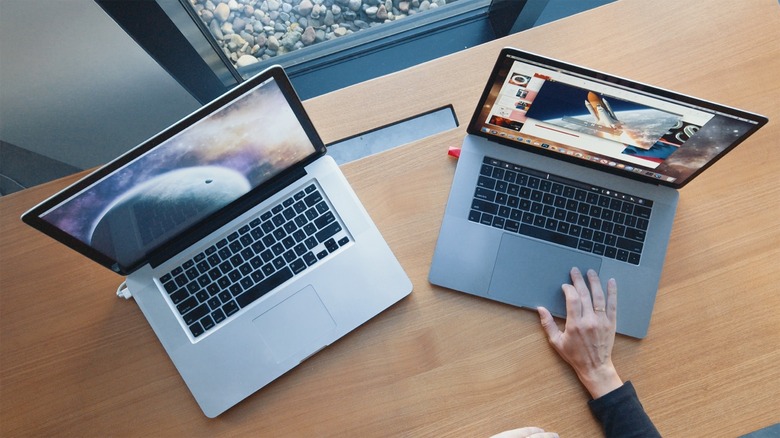Luna Display Turns On Mac-To-Mac Mode After Apple Sherlocks With Sidecar
In the app world it's known as "sherlocking": when a big company like Apple tugs the carpet out from under a developer's feet, by integrating a feature into iOS or macOS that they'd been selling as standalone software. That happened to Luna Display with the arrival of macOS Catalina and the Sidecar feature that turns a nearby iPad into a second screen, but rather than throwing in the towel the developers are adding an even more useful function.
Luna Display launched back in 2018, as a way to wirelessly connect an iPad to a Mac and have it operate as a second screen to extend the workspace. It proved to be a popular idea – as well as one which enabled some imaginative rethinking around what the Apple desktop of the future might look like; so popular, indeed, that it came as little surprise when Apple unveiled its own take in the latest macOS release.
Sidecar, like Luna Display, wirelessly connects a nearby iPad and has it act as a secondary monitor. So, for Lunar Display 4.0, the third-party software is gaining another feature: Mac-to-Mac Mode.
As the name suggests, it allows for a Mac to be used as a second display for another Mac. If you've got an old MacBook sitting idle, for example, you could use it as a second screen for your primary MacBook Pro. If you use an iMac on your desktop, but have a MacBook for when you're mobile, you could turn the notebook into a second screen whenever you're at your desk.
Perhaps most intriguing, the primary Mac doesn't actually need to have a display of its own for all this to work. Luna Display 4.0 allows a Mac mini – with no screen physically attached – to tap a MacBook or other Mac as its primary display.

There's mouse, keyboard, and trackpad support for both computers, and unlike Sidecar you don't need to be using the very latest version of macOS, either. As long as your primary Mac is running macOS 10.11 El Capitan or later, and your secondary Mac is using macOS 10.8 Mountain Lion or later, it should work. That paves the way for bringing a number of older Macs out of retirement. You'll also need a "reliable network connection" the company says, but that can be via WiFi or wired to a router.
Of course, this isn't just software: you'll need some hardware too. The Luna Display module is a little red dongle, available with either USB-C or Mini DisplayPort connectors, depending on the Mac you're trying to connect it to. Either way, it's priced at $69.99, which is a lot cheaper than a decent-sized, reasonable resolution standalone monitor.
